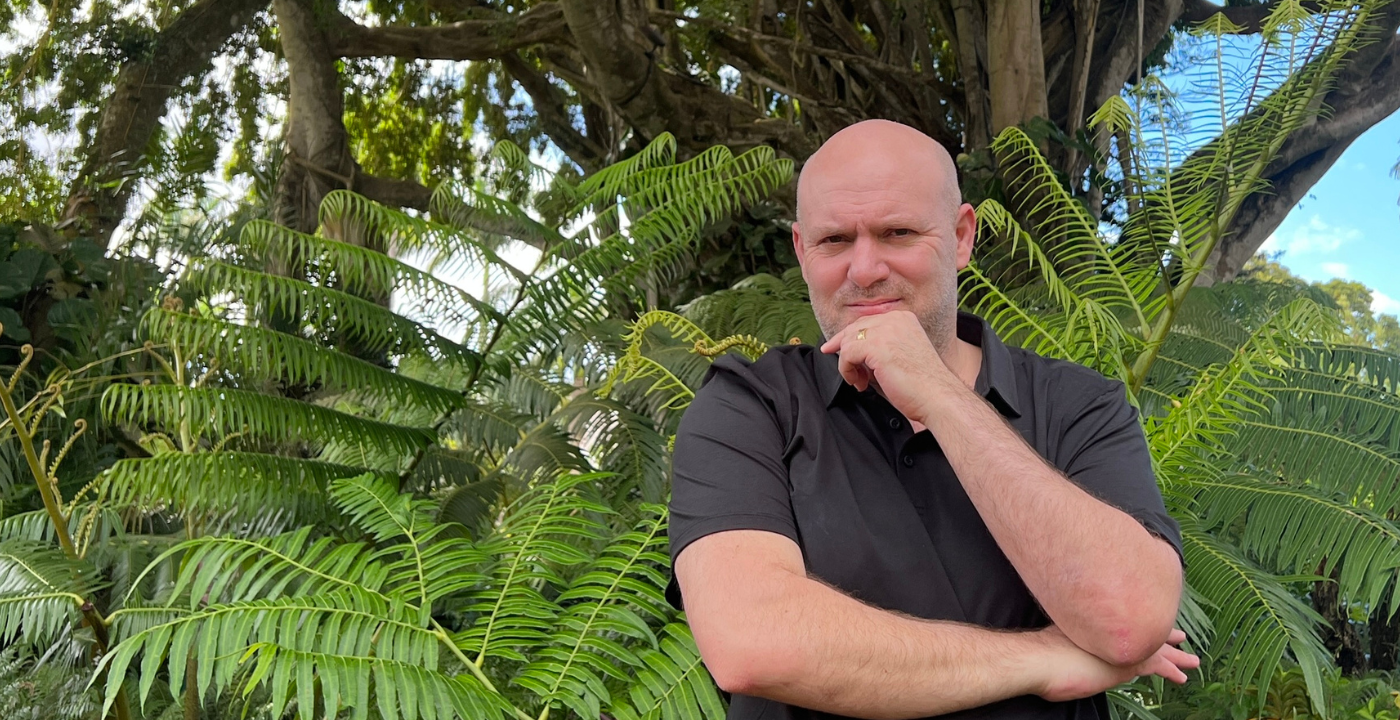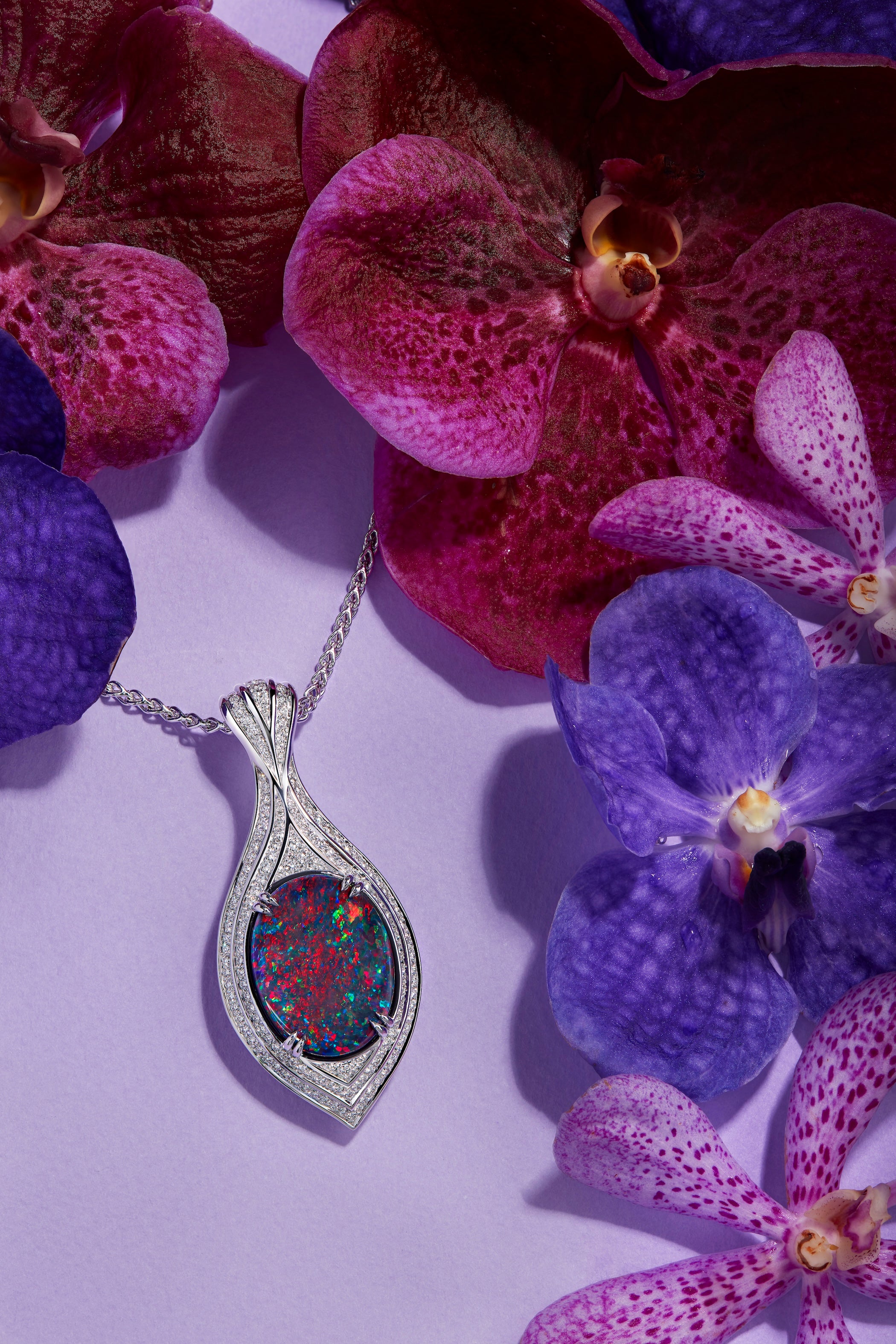But anyway, I got a call from this guy who did the boring in the 60s and 70s. An old fella. I flew over to Indonesia and, you know, sat down with the guy. He dumps out this bag, and I nearly fell off my chair. I'd never seen Indonesian Opal in, you know, I've seen five or six stones around, selling for $10,000, $15,000 a carat. And there he had a whole bag of rough material, because what they used to do is: they dig to get the results of the borings, and basically pull them up. There it was in front of me. And I just asked him one simple question: “How much you want?” And he said, “I'll tell you what, I'll sell the whole thing to you for $200,000.” Right. And, of course, I'm a gem guy, right? So I said, “Give me $50,000 in cash right now.” He said, “Listen, I'm an old man. But I'm not a stupid man.”
And I said, “Good point.” I paid him his $200,000 because I'd never seen it before. Right? Anyway, he won that one. Ding-ding! Gem Hunter, lose. Miner, win. Or: guy who worked for government won. But that was the only time I ever got Indonesian Opal in any significant volume. Very, very beautiful.
But if you want the Opal that has caught the world by storm, that people are aware of and people do know, it's the Lightning Ridge Black. Now, don't get me wrong: you got other Opal deposits that come out of Andamooka, you've got Coober Pedy, but they don't tend to have the black body like the Lightning Ridge material.
Now, I've met some characters in Lightning Ridge, you know, Eight Mile Under, Inverted Ridge, these are different names. The names that they named these mines in Lightning Ridge—it's like everybody gets hammered and then comes up with a name for their mine. It's ridiculous. But it's cool. It's part of the situation there: you go, you hang out. But, you know, it's interesting to see what's happened.
And this is always the problem with natural gemstones—when you bring into the fact that you're dealing with Mother Nature, right—is these gems are finite. So once, a long time ago, 20-odd, 30 years ago, there were 5,000 to 10,000 miners in Lightning Ridge. Now there's like 200, 300 people, right? So, unfortunately, it will become a thing of the past. There's no doubt about that.
And I'm grateful, because I look at my collection, and I look at them, and I go, “Wow.” And I see Kat, and the art she puts around these pieces, and the effort. And you know, I feel grateful about that. But you know, Lightning Ridge: if you have one, or you bought one during your trip to Australia over the last 20 or 30 years, just hold on to that stone. Prices are only going up. Because there is no supply in the current market. Even if you bought it from a jewelry store, as long as it's a full Opal and not a doublet or a triplet.
And a lot of people would want me to explain. A doublet and triplet is basically when you have a very thin layer of Opal. And they put Quartz on top of it. And it's a man-made thing, right? They take a sliver of Opal and they basically just top it with some Glass, Crystal or whatever, you know, just to make it look like an Opal.


